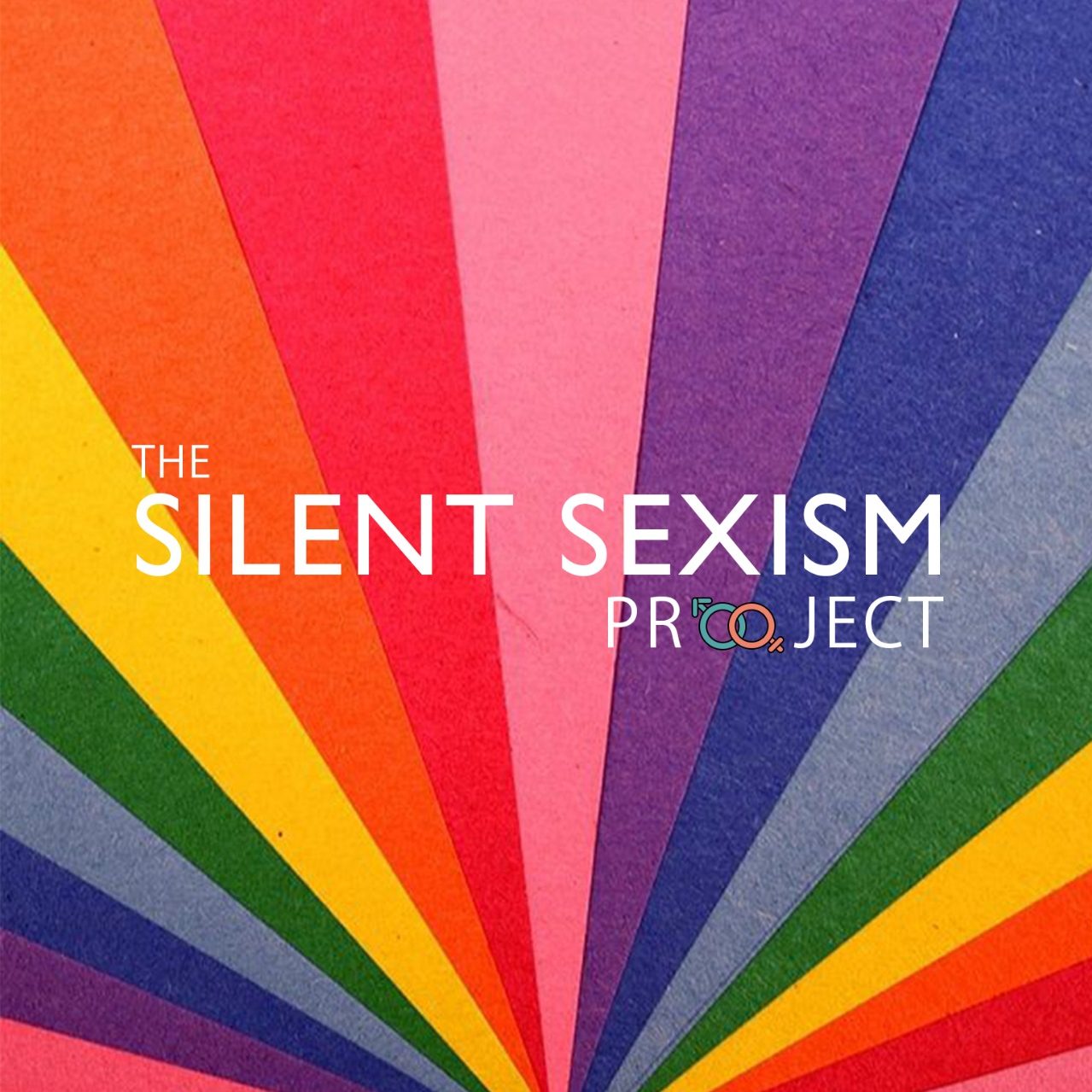Image Source: Koenig Solutions, https://rms.koenig-solutions.com/Sync_data/CCE_Logo//2970-KOENIG(54).pngL.jpg
By: Tanya Mahendru
“If a man and woman starts on an equal footing, the woman will be discriminated against in the economic sphere where she will lag behind in regular/salaried, casual and self-employment”
Oxfam India observed in India Discrimination Report 2022
Gender bias in the workplace refers to unfair treatment or discrimination against individuals based on their gender. It is the tendency to prefer one gender over another. In simple words, it refers to the preferential treatment men receive in the society.
It can manifest in various forms, both overt and subtle, and can negatively impact employees’ careers, well-being, and overall workplace dynamics. Stereotyping, unequal pay, sexual harassment, lack of opportunities for growth, inequality in leadership, Unconscious biases that influence decision-making, such as hiring, performance evaluations, or project assignments, career interruptions, and subtle sexist remarks are some of the common examples of gender bias at the workplace.
While women have made significant strides in the workplace in recent years, gaps persist. They still earn less, get promoted less and continue to be underrepresented in the highest leadership positions. The labour force participation rate (LFPR) of women in India was just 25 per cent in 2021, a new report showed. It is considerably lower than Brazil, Russia, China and South Africa, according to the latest World Bank estimates. According to a USA Today article, Asian women are often stereotyped as too deferential and submissive to lead businesses or hold public office are often expected to be “submissive and grateful,” This stereotype contributes to the fact that Asian women are only half as likely as white women to hold executive positions and are on par with Black and Hispanic women.
On the contrary, measures to assist women in the workplace, like maternity or menstrual leave, work to their detriment since businesses tend to avoid more female recruitment due to loss of work hours due to these benefits available to females.
The consequences of gender discrimination in the workplace are catastrophic- it often leads to lower job satisfaction and morale, leading to decreased productivity and engagement at work. It further results in a lack of diversity in the workplace, which can limit innovation and hinder an organization’s ability to adapt to changing demographics and market demands. The pay gap can have long-term financial consequences for women and is one of the reasons responsible for a lower stand of females in society. When employees face persistent gender bias, they may leave the organization to seek more inclusive and equitable workplaces, resulting in talent drain and higher turnover rates. Damaging the reputation of the company is another severe consequence of this practice. Companies that fail to address gender bias can face negative publicity, damaging their reputation.
The gender bias in the workplace limits women and the companies they work for, foreclosing possibilities for creativity and innovation. To correct this, increasing Awareness and Education About Gender Bias is a crucial step. Supporting Diversity and Inclusion Initiatives like providing resources and funding for employee resource groups, offering training and development opportunities for underrepresented groups, and holding managers accountable for promoting diversity and inclusion in their teams also prove to be instrumental. Promoting Gender Equality in Political Representation and Enforcing Anti-Discrimination Laws and Regulations are also key solutions to combat the issue.
References:
- The impact of gender bias in the workplace, Textmetrics, Access Here: https://www.textmetrics.com/the-impact-of-gender-bias-in-the-workplace
- What Is Gender Bias in the Workplace?, Built-In, Access Here: https://builtin.com/diversity-inclusion/gender-bias-in-the-workplace
- Breaking barriers: Unconscious gender bias in the workplace, International Labour Organisation, Access Here: https://www.ilo.org/wcmsp5/groups/public/—ed_dialogue/—act_emp/documents/publication/wcms_601276.pdf
